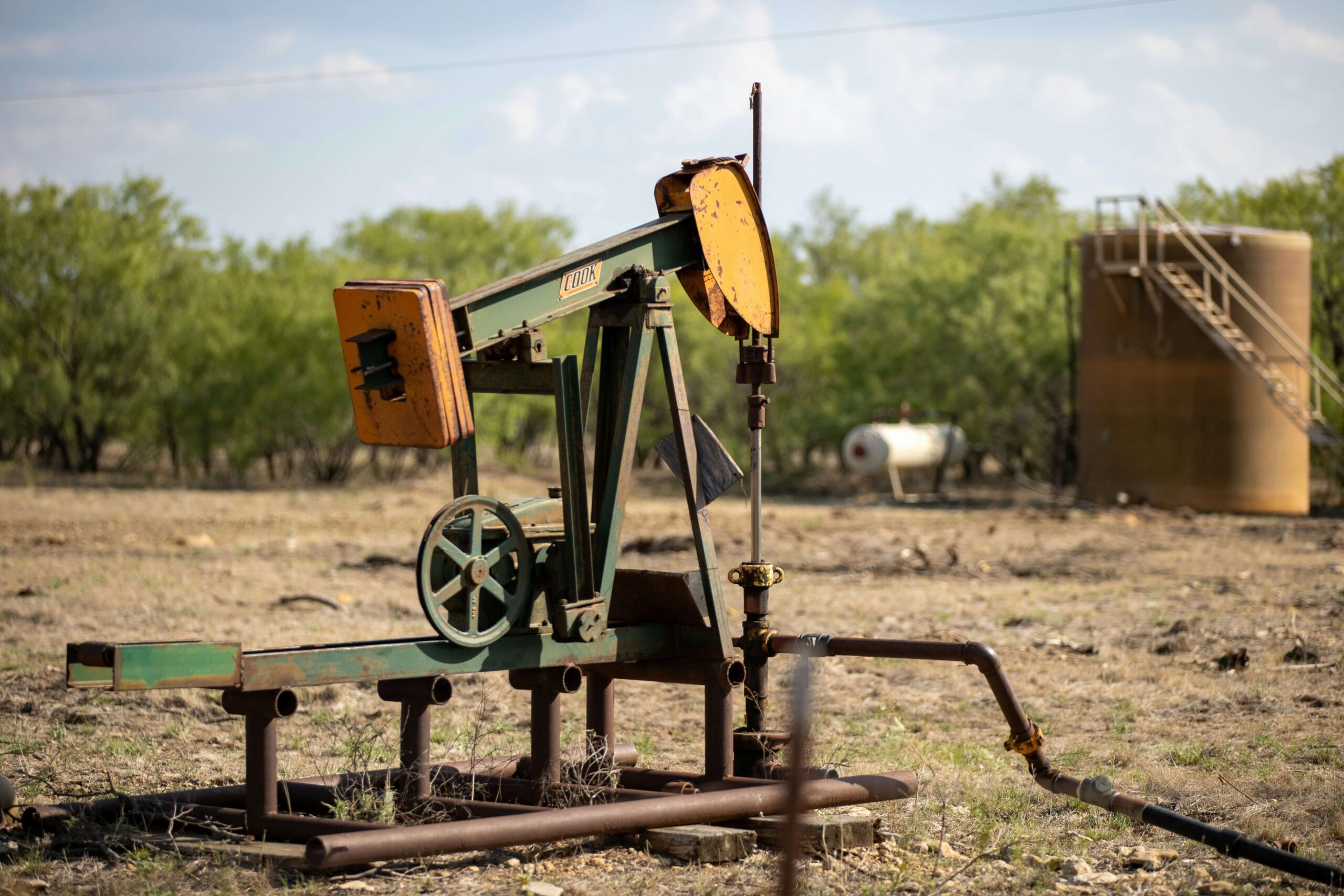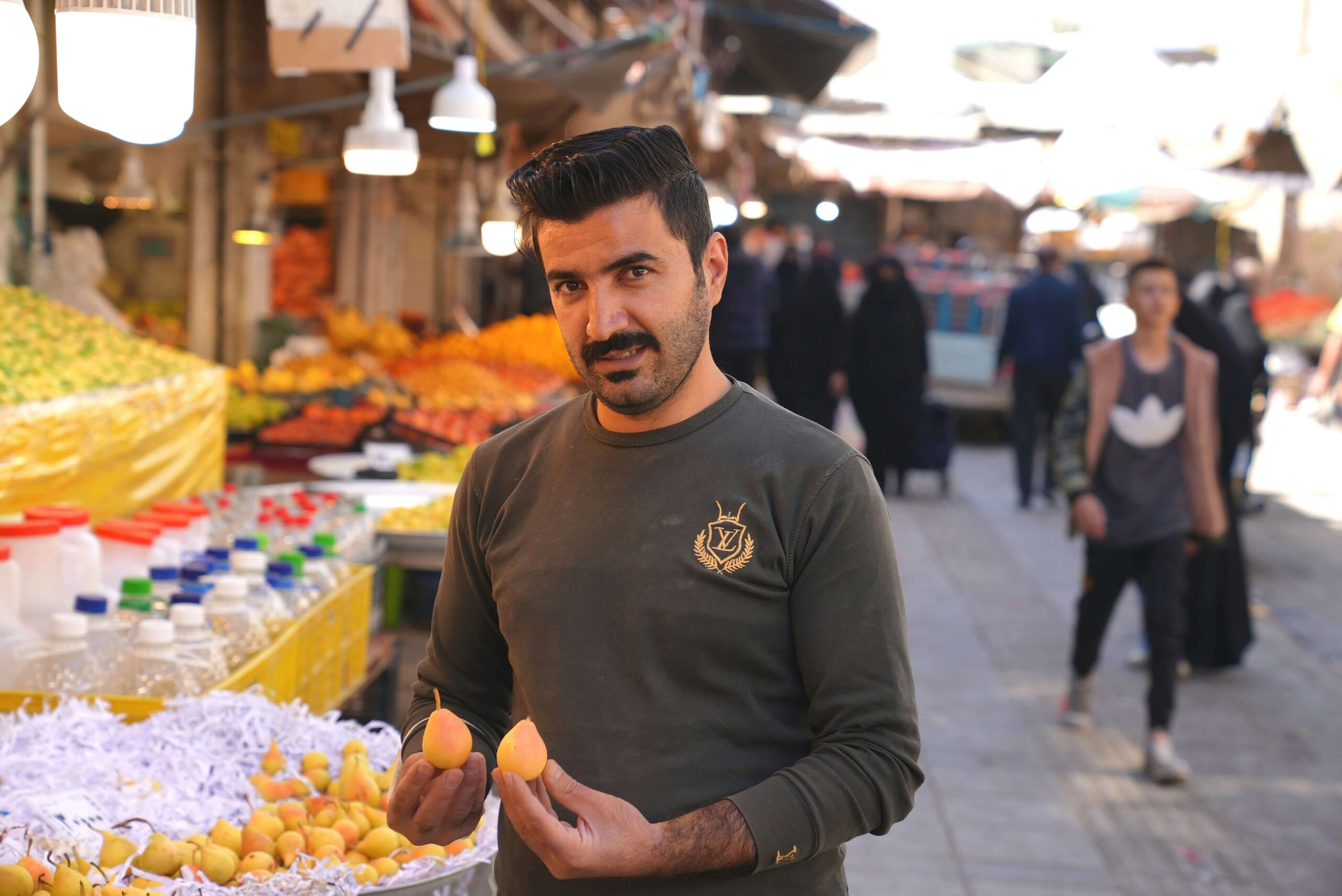Syria’s oil industry has long been a cornerstone of its economy, even though its reserves are modest compared with its Middle Eastern neighbours. Before the civil war, oil exports provided significant revenue to the government and supported domestic energy needs. However, the conflict, sanctions, and competing control of oil fields caused production to collapse. Syria’s oil sector is more than just a source of fuel and revenue. It plays a crucial role in shaping the country’s economic survival while also influencing regional power struggles between governments, militias, and international players who compete for control of its resources.
How Much Oil Does Syria Have?
Syria is estimated to hold 2.5 billion barrels of proven oil reserves, placing it 32nd in the world. This represents about 0.15% of global reserves. At 2016 consumption levels, these reserves equate to roughly 49 years of supply, highlighting the country’s resource potential despite its relatively small share of global reserves.
Syria’s Oil Production and Consumption
Before the war, Syria produced about 400,000 barrels of oil each day, and exports made up more than a fifth of government income. Today, output has fallen to around 34,000 barrels per day, while the country uses about 140,000 barrels daily. This shortfall means Syria cannot meet its own needs and must depend on imports. The gap between production and consumption illustrates the enormous disruption caused by the war.
The Impact of War on Oil Fields in Syria
When the war started in 2011, Syria quickly lost control of most of its oil-rich eastern regions. Armed groups moved in, and the Islamic State (IS) captured major fields such as al-Omar. Oil became one of IS’s main sources of income, bringing in about $40 million a month by 2015.
Later, the Kurdish-led Syrian Democratic Forces (SDF), supported by the United States, pushed IS out and took control of around 70 percent of Syria’s oil fields. This left the Syrian government with almost no access to its own resources and dependent on fuel imports from Iran. At the same time, international sanctions made it even harder to repair damaged oil facilities or find new trade partners, keeping the industry in deep crisis.
Sanctions and the Challenge of Rebuilding
A major barrier to rebuilding Syria’s oil industry is the heavy sanctions placed by Western countries. Before the war, global companies like Shell and TotalEnergies worked in Syria, but they pulled out once the conflict began. Since then, new investment has been very limited.
Sanctions affect Syria’s refineries, oil ministry, and even its banks, making it almost impossible to get the money or equipment needed to restart production. Experts believe lifting these sanctions is essential, as oil and gas income could help cover the huge rebuilding costs of up to $400 billion.
Still, foreign companies are unlikely to return unless Syria has strong institutions in place to manage oil fairly and avoid corruption. For now, the industry remains isolated and far below its past levels.
The Future of Syria’s Oil Sector
Despite the challenges, Syria’s reserves provide a foundation for recovery. Experts believe production could increase significantly if security improves, infrastructure is rebuilt, and sanctions are eased. There is also potential for Syria to become a transit route for regional energy trade, particularly natural gas from the Eastern Mediterranean to Turkey and Europe.
Foreign investment, however, depends on political stability and international recognition of Syria’s government. Partnerships with Turkey, Russia, and Gulf states are likely to shape the future of oil and gas development. At the same time, the balance of power between Damascus and Kurdish-led forces will continue to influence revenue distribution.
Syria does indeed have oil, enough to remain a vital resource for decades. But reserves alone do not guarantee prosperity. Years of war, sanctions, and fractured control have reduced the sector from a revenue engine to a contested lifeline. The future of Syria’s oil industry will depend on political settlement, infrastructure investment, and the country’s ability to re-enter regional energy networks.



